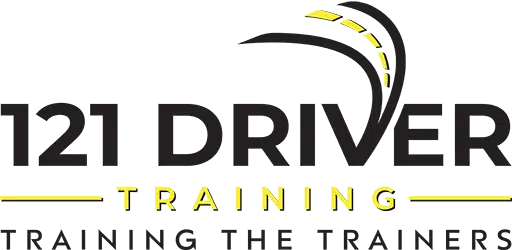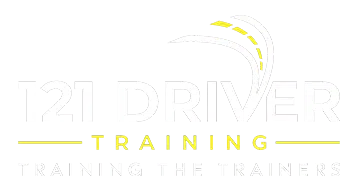As driving instructors, part of our responsibility is to ensure that our learners are thoroughly prepared and confident as they approach their driving assessments. By providing them with the knowledge, skills, and positive mindset needed to navigate their test successfully, we contribute to the development of competent, skilful drivers while helping them achieve their driving licence goals. As an essential part of the learning experience, instructors must be equipped with the right tools and methods to guide learners through the preparation process effectively.
In this informative blog post, we will explore tips and strategies for driving instructors to help their learners confidently approach their driving assessments, focusing on building test-day confidence, addressing critical assessment components, and managing pre-assessment nerves. Through precise instruction and support, instructors can help learners foster the skills and confidence needed to achieve success in their driving assessments and beyond.
1. Building Test-Day Confidence
A learner’s state of mind can significantly impact their performance during an assessment. Instructors can focus on cultivating a sense of confidence and self-assurance in their learners by emphasising the following strategies:
– Positive reinforcement: Consistently and genuinely provide positive feedback when learners exhibit safe driving behaviours or make improvements, helping to support their self-belief in their driving abilities.
– Encouraging self-reflection: Teach learners to honestly evaluate their skills and identify areas for development, empowering them to take charge of their learning and growth.
– Providing ample practice time: Ensure learners have sufficient time behind the wheel in a variety of conditions and environments, instilling confidence in their ability to adapt and perform during their assessment.
2. Covering Critical Assessment Components
To best prepare learners for their driving assessments, instructors should ensure they have a thorough understanding and can competently execute all driving tasks likely to be assessed. Focus on:
– Completing manoeuvres smoothly and safely: Teach learners to execute manoeuvres such as parallel parking, three-point turns, and reversing with accuracy, precision, and fluidity.
– Mastering traffic rules and road signs: Help learners become well-versed in traffic laws and road sign interpretations, ensuring they can apply this knowledge effectively during their assessment.
– Demonstrating proper driving posture and vehicle control: Reinforce the importance of a comfortable and safe driving position and effective vehicle control techniques, setting learners up for optimal performance during their driving assessment.
3. Familiarisation with Assessment Routes and Objectives
Acquainting learners with the routes and objectives commonly used in driving assessments will help reduce anxiety arising from uncertainty. Instructors can employ the following practices:
– Simulating assessment experiences: Conduct mock driving assessments with your learners to familiarise them with the test format and give them a taste of what to expect on the day.
– Identifying common assessment routes: Share information on common routes used in driving assessments and encourage learners to practice in these areas, allowing them to become comfortable with the road conditions and layout.
– Discussing assessment objectives: Provide clear information on how learners will be assessed during their test and what examiners will expect, clarifying any misconceptions or uncertainties they may have.
4. Managing Pre-Assessment Nerves and Stress
Nerves can play a significant role in a learner’s assessment performance. Instructors should offer guidance and support in managing pre-assessment stress, taking into consideration the following tips:
– Implementing relaxation techniques: Encourage your learners to explore breathing exercises, mindfulness, or other relaxation techniques to help calm their nerves and maintain focus during their assessment.
– Encouraging open dialogue: Foster an open environment in which learners feel comfortable discussing their concerns and fears related to the assessment, allowing instructors to provide reassurance and tailored guidance.
– Reinforcing positive thinking: Encourage learners to approach the assessment with a positive attitude, visualising success while acknowledging that setbacks can be valuable learning experiences.
Conclusion
By focusing on building test-day confidence, addressing critical assessment components, and managing pre-assessment stress, driving instructors can effectively prepare their learners for successful driving assessments. Through comprehensive instruction, tailored support, and genuine encouragement, instructors play a crucial role in fostering skilled, confident drivers who are ready to navigate the roads safely and responsibly.
121 Driver Training’s comprehensive Driving Instructor Course enables instructors to develop the skills and knowledge needed to help their learners excel in their driving assessments. By providing thorough teachings, targeted guidance, and empathetic support, driving instructors contribute to higher assessment pass rates and the development of competent, safe drivers.
Equip yourself with the skills and knowledge needed to guide your learners through successful driving assessments with 121 Driver Training’s range of driving instructor courses. Foster the confidence, competence, and calmness needed for assessment success and play a vital role in creating skilled, responsible drivers.




